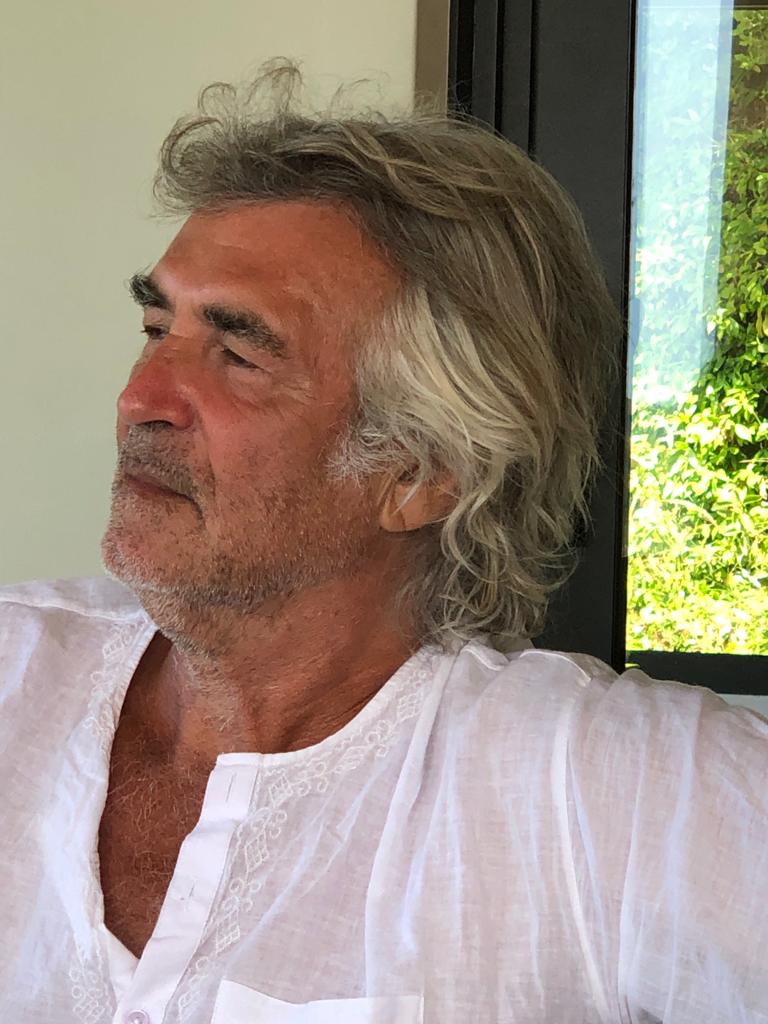
“My Motiva is truly one-of-a-kind, and it is a thrill to see my art come to life in this new and innovative way.”
-Jean Luc Comperat
Jean Luc Comperat is a French architect & illustrator based in NYC. He began producing pop art-inspired prints in 2010, featuring cultural icons of contemporary society. Some of his work has been featured in ‘Babel’ language magazine and on the cover of ‘Napoleon ou la solitude d’un visionnaire’ by Wenceslas Gobel.
Jean Luc Comperat’s latest collaboration with Motiva is called ‘In God We Trust’. This Motiva unveils the many layers of meaning and symbolism that the$5 bill holds.
We spoke to Jean Luc about his story, art work and inspiration and his experience collaborating with Motiva. Here’s how it went-
I’ve been an avid explorer of life. The thrill of travel and adventure keep me going. My expeditions have taken me to some of the most beautiful and fascinating places in the world, from the bustling streets of India and Nepal to the charming cafés of Paris. But it was a trip to New York City that changed my life forever.
My wife, Minouche was then based in NYC. It was one fine day when I decided to visit her in New York, and never looked back. The energy, the culture, and the diversity of the city captivated me, and I found myself constantly inspired by the sights, sounds, and people around me.
New York became part of me and my artistic inspirations. Since then, I am based out of New York where my art glass studio, 1178 Designs is located, and spend my spare time recording the cultural icons of our time in a Pop Art style.

Well, this is an interesting story. When I first moved to New York City, I was determined to make a name for myself as an architect. But as it turns out, the path to achieving my dream wasn’t as straightforward as I had hoped. I soon discovered that in order to work as an architect in the city, I would need to go back to school for an additional two years.
At the time, this seemed like an impossible obstacle to overcome. I was torn between my passion for architecture and the uncertainty of returning to school. It was during this period of contemplation that I stumbled upon a studio down the street from my home that specialized in stained glass.
Instinctively, I decided to sign up for classes at the studio, and it turned out to be one of the best decisions I have ever made. The experience of working with stained glass was incredibly fulfilling, and it reignited my passion for creating art.
Moreover, I soon realized that the architectural market in NYC was very different from what it was in Paris, where I previously worked in a leading architecture firm. This realization led me to consider other options and ultimately, I decided to shift away from architecture altogether.
Since then, I have been exploring my passion for stained glass art and more recently, pop art illustrations. Pop art illustration has allowed me to explore my artistic side and develop my own unique style. Today, a large focus of my work is on creating unique pop art style print illustrations of notable figures.
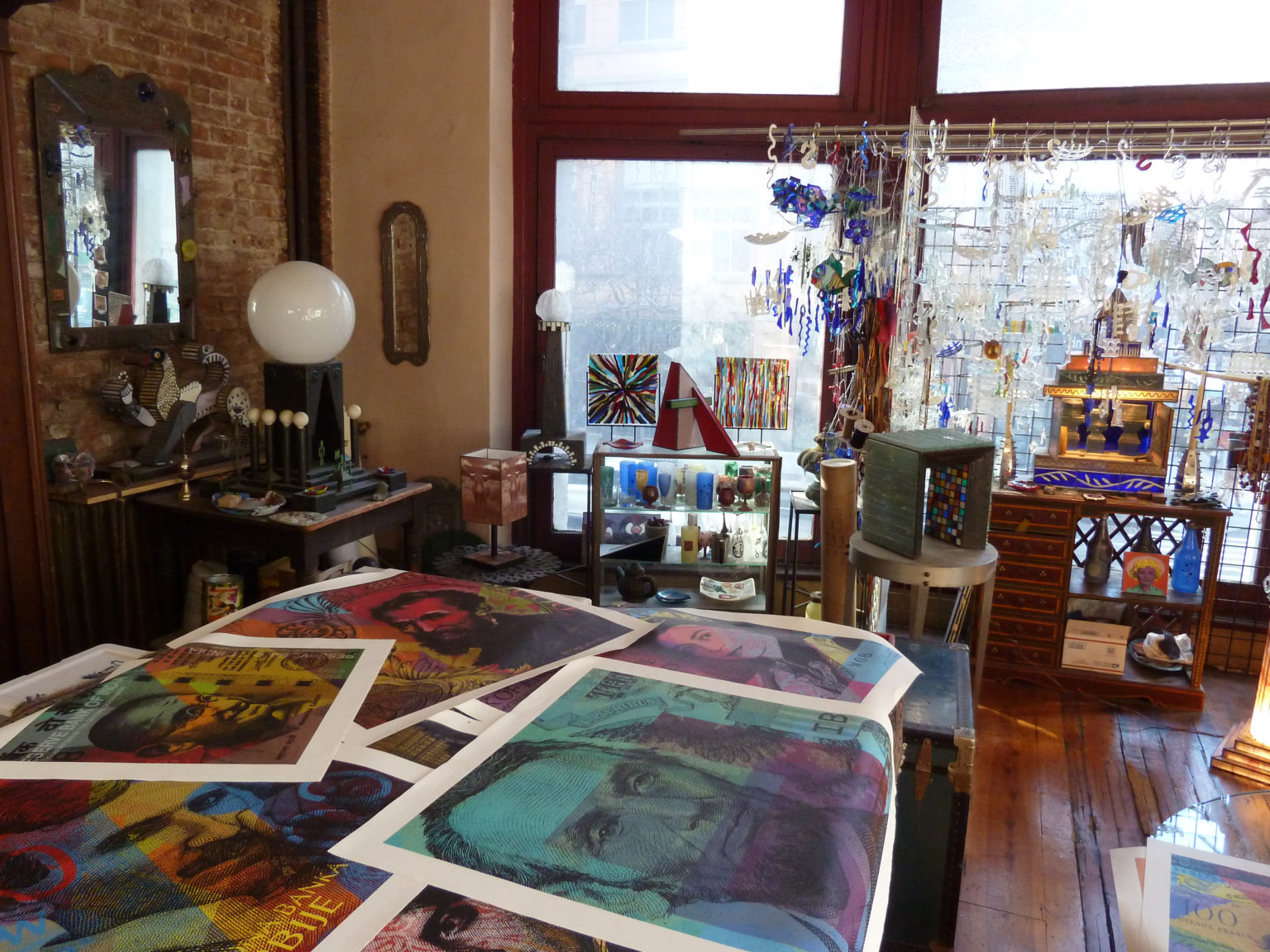
My work is an extension of my experiences and my architectural background. I have always been drawn to the beauty and craftsmanship of stained glass art. My non-formal craft training and my free spirit have allowed me to define my own unique style.
I began my artistic journey by designing fused glass and stained glass decorative objects. But eventually, I found myself drawn to the world of graphic design and pop art. My pop art style is defined by bold, bright colors, and the use of iconic imagery.
I do not have one favorite thing to design as such, but I enjoy creating pop art style prints and mugshot prints of contemporary leaders such as Abraham Lincoln, Nelson Mandela, Queen Elizabeth II, and many others. These figures have played a significant role in shaping the world we live in, and I find it incredibly rewarding to be able to capture their likenesses in my art.
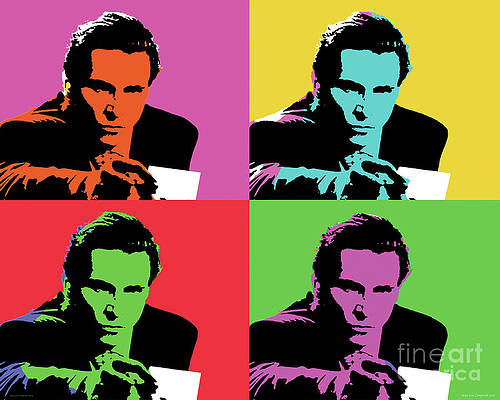
You might’ve already guessed by now from my artistic style that my biggest artistic influence has been Andy Warhol. Warhol’s artworks have introduced a fascinating new form of artistic expression to the world and me.
What I love about him is how Warhol incorporated everyday objects into his art. And how he blended high art with consumerism, making modern art more accessible to everyday people. He was able to bridge the gap between fancy gallery spaces and the more casual gift shops.
But above all, Warhol’s ability to capture the spirit of the time, his use of bold colors, and ability to create iconic images fascinate me. He was truly a master of his craft.
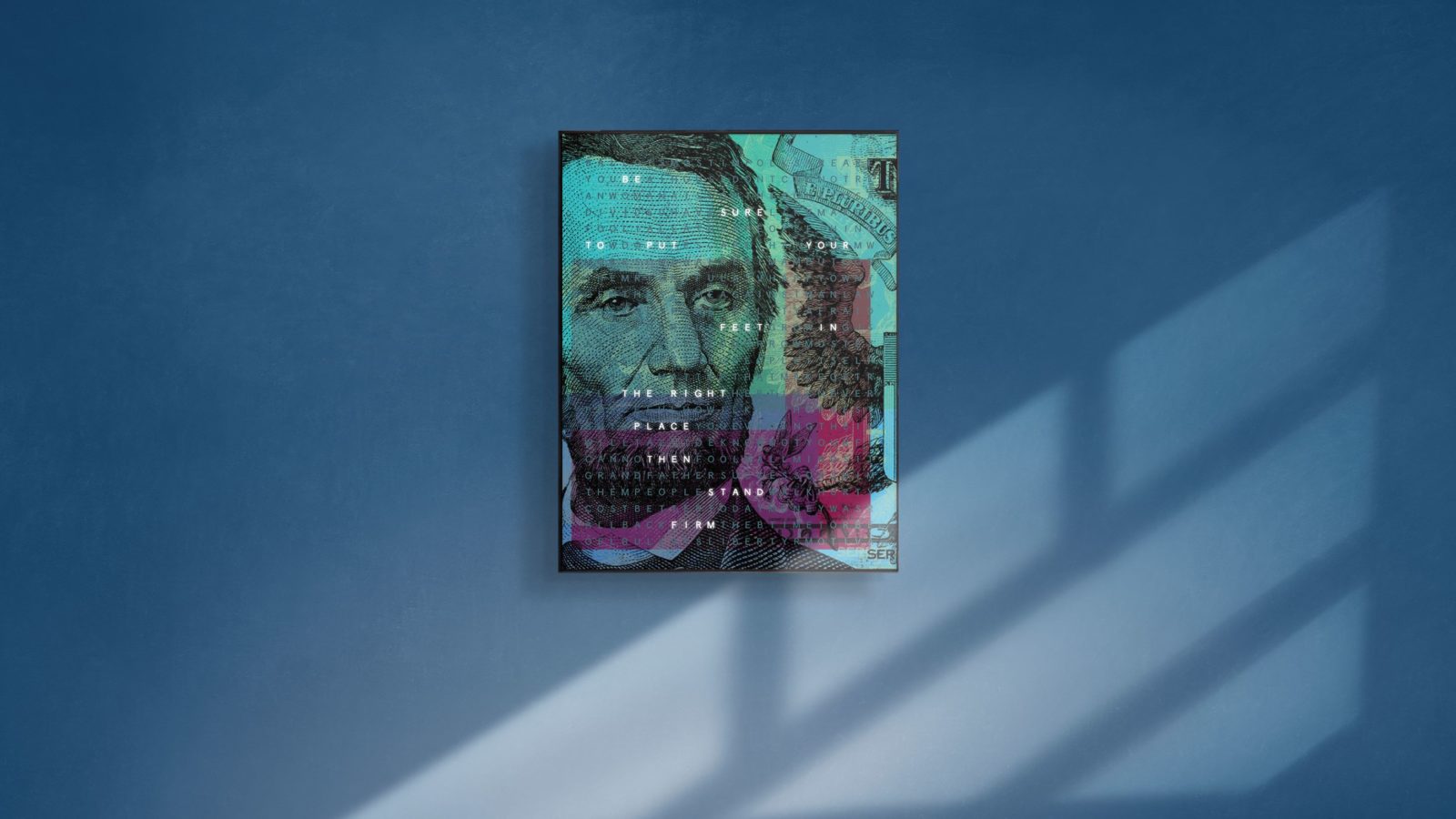
I am always on the lookout for inspiration and new subjects to explore. One area that I have found particularly fascinating is the world of banknotes.
Most of my digital work started with pop art illustration of banknote images. To me, these small pieces of paper are not just a means of exchange, but also a powerful representation and expression of national identity.
When I first began experimenting with banknote images, I knew that I wanted to start with figures who were truly iconic in American history. For this Motiva, Abraham Lincoln was the natural first choice.
Not only is Lincoln widely regarded as one of the greatest American presidents. But he also appears on the $5 bill. Which is one of the most widely circulated and recognizable banknotes in the United States.
As I began to work with Lincoln’s image, I discovered the many layers of meaning and symbolism that it held. On one hand, Lincoln is a symbol of the American Civil War and the struggle for civil rights. On the other hand, the $5 bill symbolizes the American economy and the power of money in shaping our society. By combining these two symbols together, I was able to create something that was both powerful and thought-provoking.
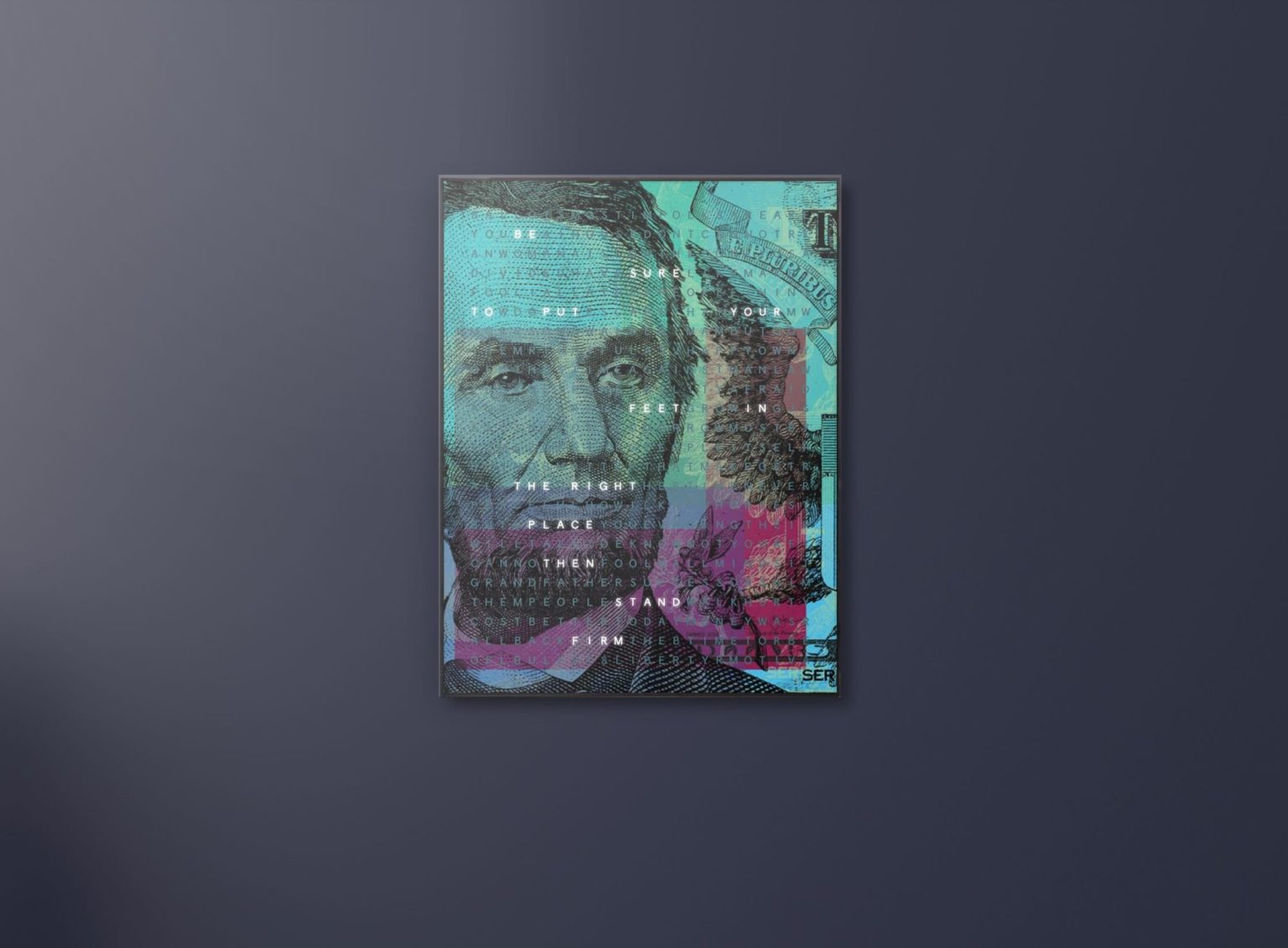
What drew you to Motiva? How was your experience?
I’ve been an artist working with enamel and glass silkscreen for the past 12 years. I am always looking for new ways to push the boundaries of my medium and explore new forms of expression. When I first discovered Motiva, I knew that it was something that I had to be a part of.
The ability to use technology, algorithm, and electronics to merge inspiring quotes and visual art in a unique and dynamic way was incredibly exciting to me.
For the longest time, I have been creating portraits with quotes on plates and digital prints, so the concept of Motiva felt like a natural progression in that same direction.
Working with Motiva exceeded all of my expectations. The process of creating art using technology was fascinating. Moreover, I enjoyed the challenge of finding new ways to incorporate my own artistic style into the platform. The final product i.e. my Motiva is truly one-of-a-kind, and it is a thrill to see my art come to life in this new and innovative way.